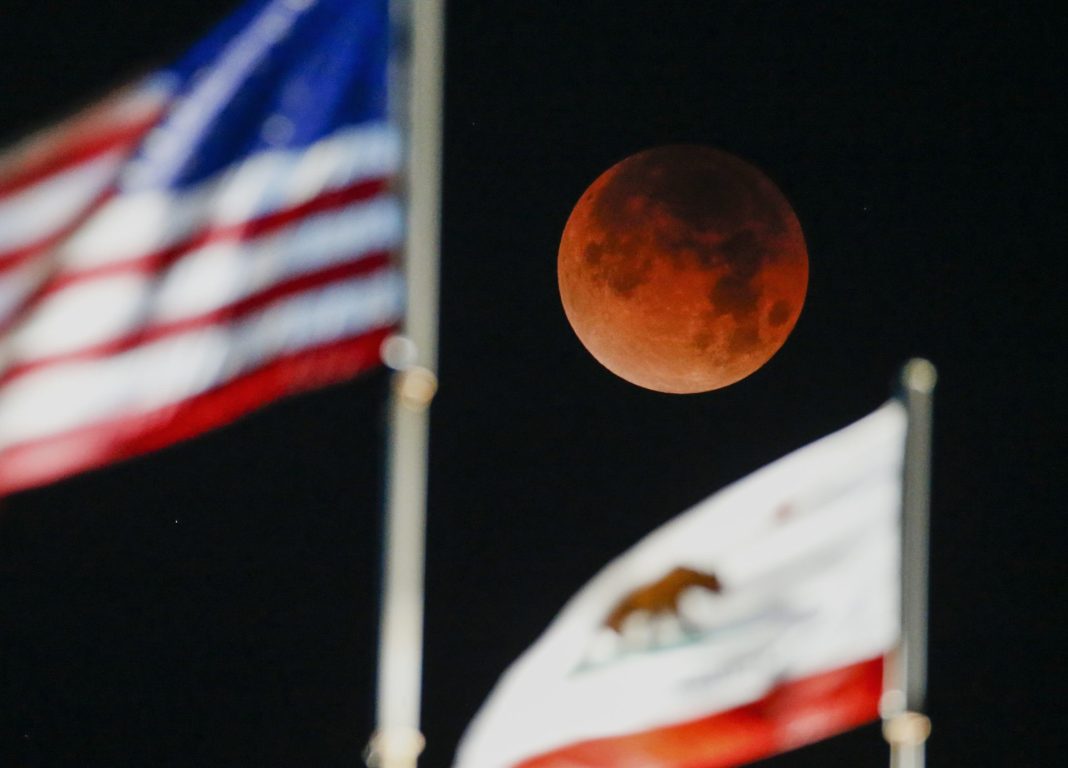|
Only have a minute? Listen instead
Getting your Trinity Audio player ready...
|
By Leada Gore | al.com
We won’t just have a full moon lighting up the sky tonight. Instead, the glowing orb in the night sky on Wednesday, Aug. 30 will be what’s known as a “Super Blue Moon.”
According to InTheSky.org, the full moon will begin rising just after sunset tonight around 7:10 p.m. ET (6:10 p.m. CT) It will set on Thursday, Aug. 31 around 6:46 a.m. ET (5:46 a.m. CT).
The colorful name comes not from the full moon’s hue but its frequency in a given month, according to Space.com. The term “Blue Moon” is given to either of two full moons occurring in the same calendar month – that’s the case in August – or the third full moon in a season that has four full moons.
Here’s how NASA explains the Blue Moon:
“The Moon’s cycle is 29.5 days, so just a bit shorter than the average length of a calendar month. Eventually, that gap results in a full moon happening at the beginning of a month with enough days still remaining for another full cycle ― so a second full moon in the same month. In other words, a full moon that happens on the 1st or 2nd of a month will probably be followed by a second full moon on the 30th or 31st. This happens every two to three years.”
Super Blue Moons are relatively rare. About 25% of all full moons are supermoons but only 3% of full moons are blue moons. The time between super blue moons is quite irregular ― it can be as much as 20 years ― but in general, 10 years is the average, NASA explained.
The next super blue moons will occur in a pair, in January and March 2037.
The “Supermoon” title means it is a full moon that occurs when the moon is closest to the Earth in orbit, making it appear slightly larger and brighter. According to NASA, a supermoon looks about 14% bigger than when it’s farthest from Earth. That’s similar to the size difference between a quarter and a nickel, the space agency explained.




